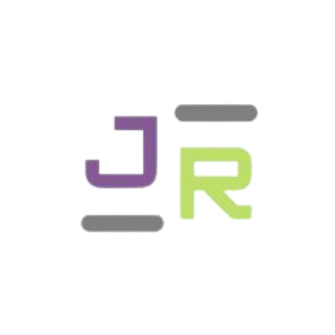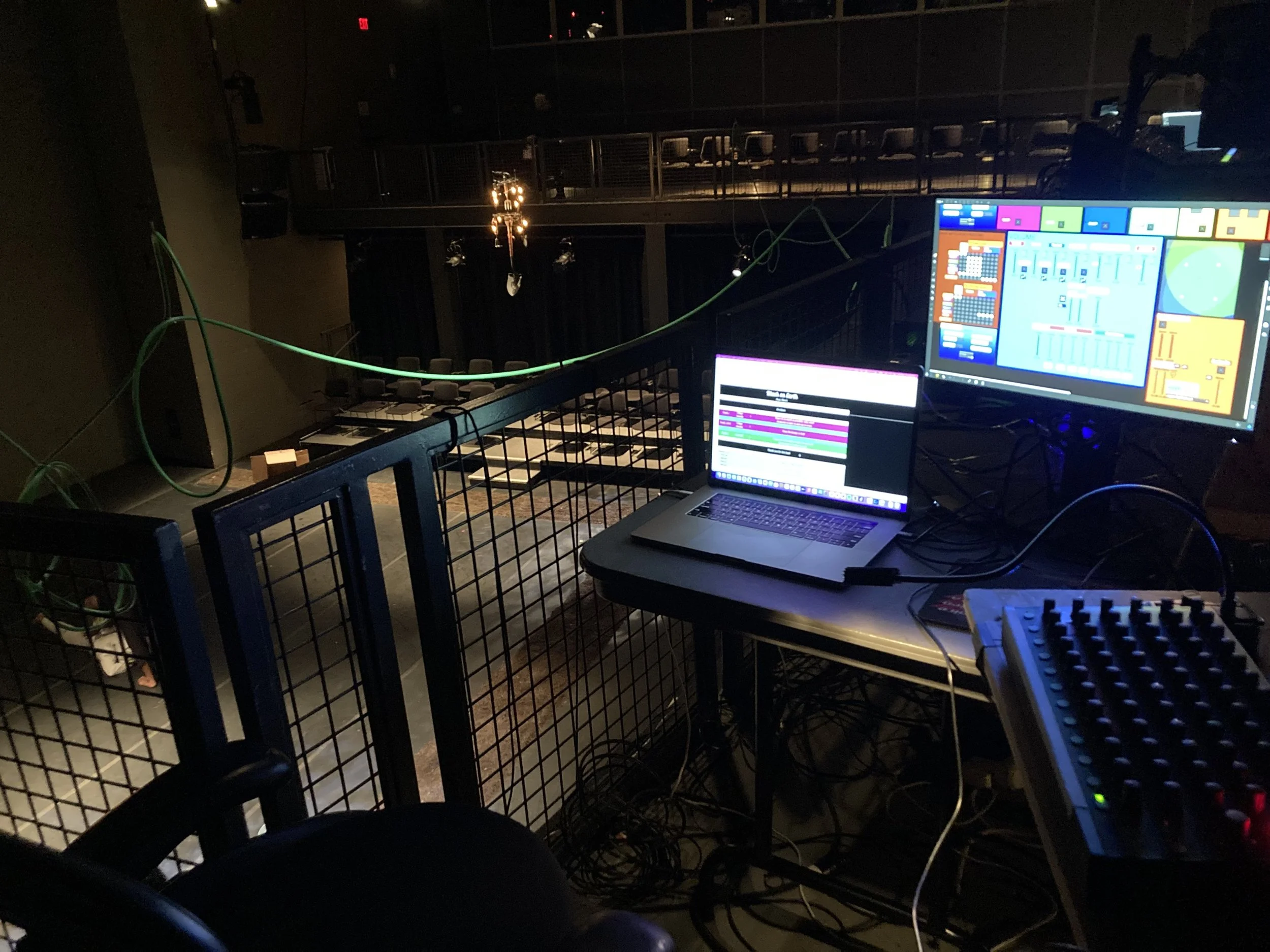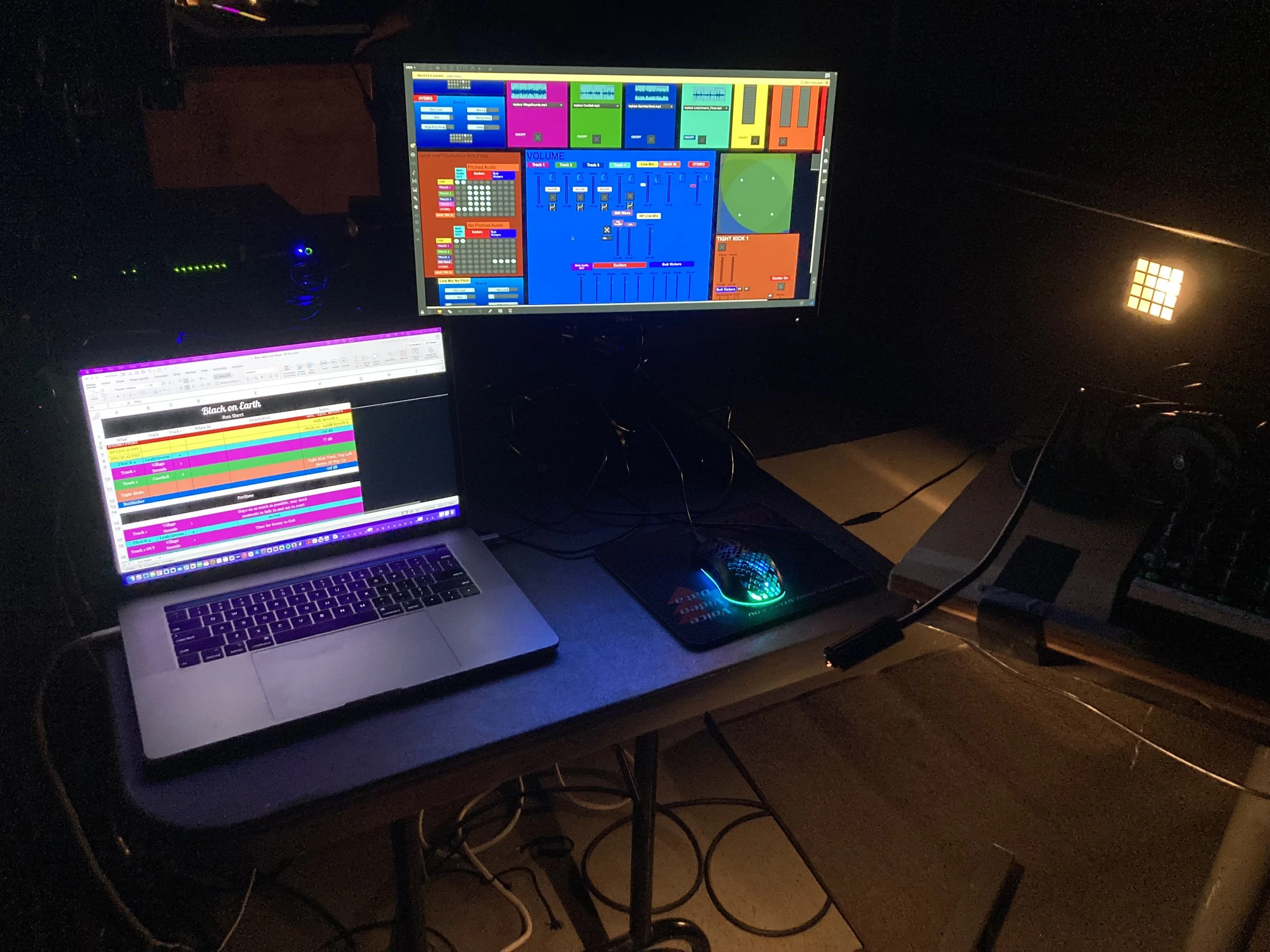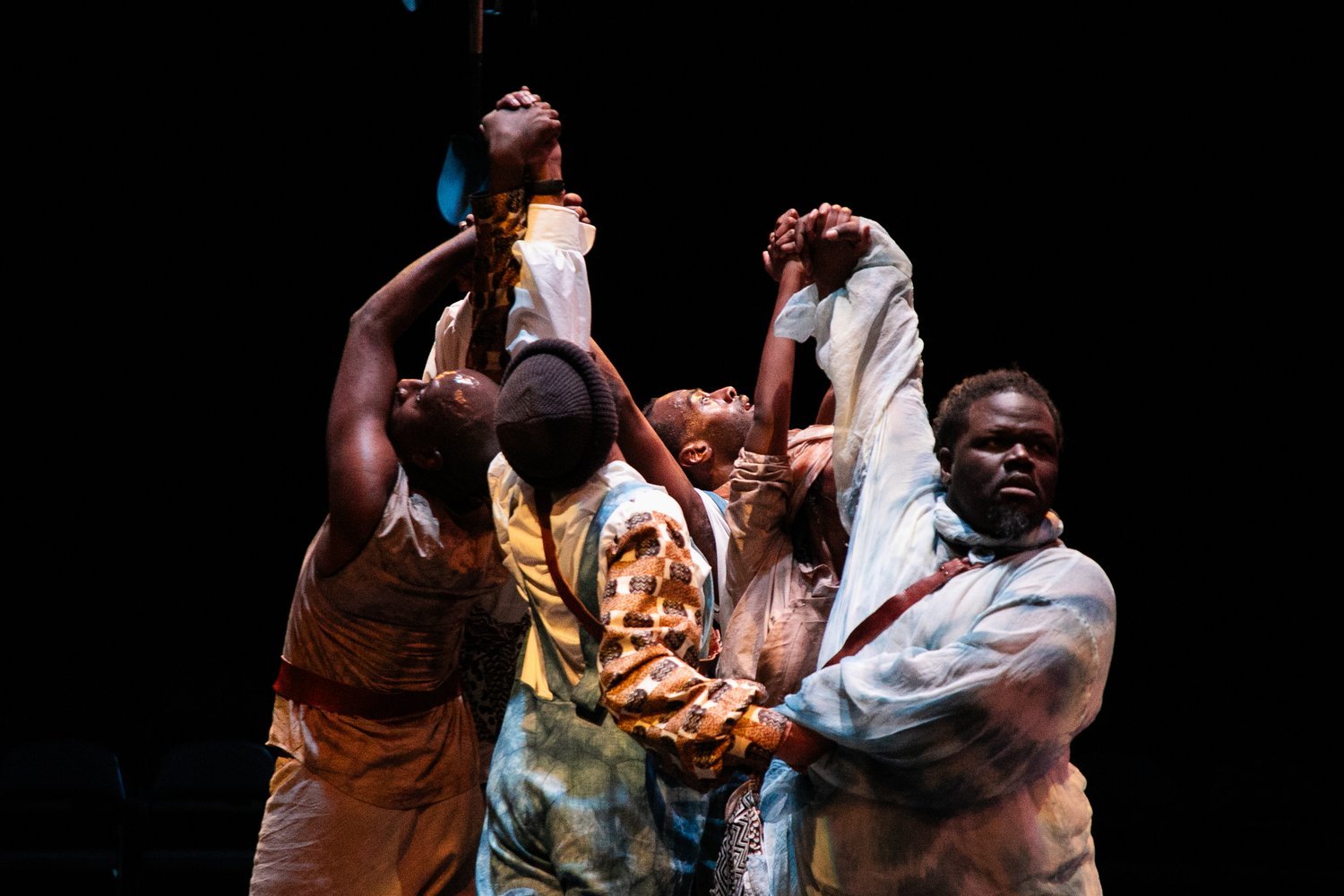LOAM
LOAM
is an innovative media system and design approach developed by Jessica Rajko to enhance audience engagement with live dance, theatre, and immersive installations. By incorporating a variety of transducers, speakers, and bass shakers, LOAM deepens the physical experience of the performance, intensifying the interaction between set design, movement, and sound. Through carefully crafted vibrations and soundscapes, LOAM amplifies the emotional, cultural, and sensory features of the performance, creating a powerful, collective experience that fosters a closer connection between the audience, performers, and surrounding environment.
“Where Sound and Vibration Breathe Life into Performance.”
Design Approach
LOAM is rooted in the kinesthetic understanding derived from dance, somatic movement practices, and research on nonverbal communication, creating immersive haptic and sonic experiences that resonate with both body and emotion. Jessica Rajko takes an inside-out approach to design, focusing on how to amplify the audience's physical and emotional journey through performance using a variety of haptic and sonic technologies. With this in mind, LOAM was developed with a flexible infrastructure that seamlessly connects diverse sonic inputs to a wide range of haptic and auditory outputs. This adaptability allows the system to respond to the unique creative and dramaturgical needs of each production. Driven by a practice-based approach, Jessica's design philosophy is enriched by her artistic collaborations with prominent creators such as Lauren Hayes, Brother(hood) Dance!, Dirty Glove Bvck, and BAIRA.
DESIGN FEATURES
Kinesthetic Experience of Performer Movement:
Haptic technology amplifies dancer movements, extending the performer’s physicality directly into the audience. For instance, when a dancer stomps, the audience feels a burst of vibration in sync with the movement. As the intensity or dramatic tension in the performance builds, vibrations gradually increase, mirroring the mounting physicality on stage.
Feel the Music:
The performance’s main audio track can drive real-time haptic feedback, allowing the audience to physically feel the music—especially effective for bass-heavy beats. This adds an immersive layer, engaging the audience’s senses beyond sound.
Enhance the Performance World:
Through a multi-channel audio system, on-stage and off-stage sounds are spatialized, making the sound move dynamically across the stage. For example, the sound of wind can travel from stage right to stage left, emphasizing the direction of the breeze. Environmental sounds like wind, creaking trees, or birdsong can also be routed to the haptic system beneath the audience risers, allowing them to feel the sonic landscape as it unfolds.
Manipulate Live Audio:
Microphone inputs can be manipulated in real-time with effects like reverb, pitch-shifting, and more, allowing for unique sonic textures to evolve throughout the performance. Live audio signals can also be sent to the haptic system, letting the audience physically feel a performer’s voice as it resonates under the risers.
TECHNICAL DETAILS
Software: LOAM is designed using Max as its base software infrastructure. The software is designed to integrate with QLab and Dante for easy sound design, audio routing, and cue management.
Hardware: LOAM integrates Buttkicker LFEs, Tectonic exciters, and a range of other haptic/sonic elements to drive both audio and haptics experiences. The source sound is produced through various inputs such as prerecorded audio tracks, wireless microphones, and hydrophones.
ARTIST COLLABORATION
Jessica Rajko continues to develop LOAM in collaboration with fellow artists seeking to enrich the felt experience of their performative worlds and expressive movement. The following collaborative projects have informed the development of LOAM
Me, My Quantified Self, and I (2017)
Detroit Dance Theatre (2022)






